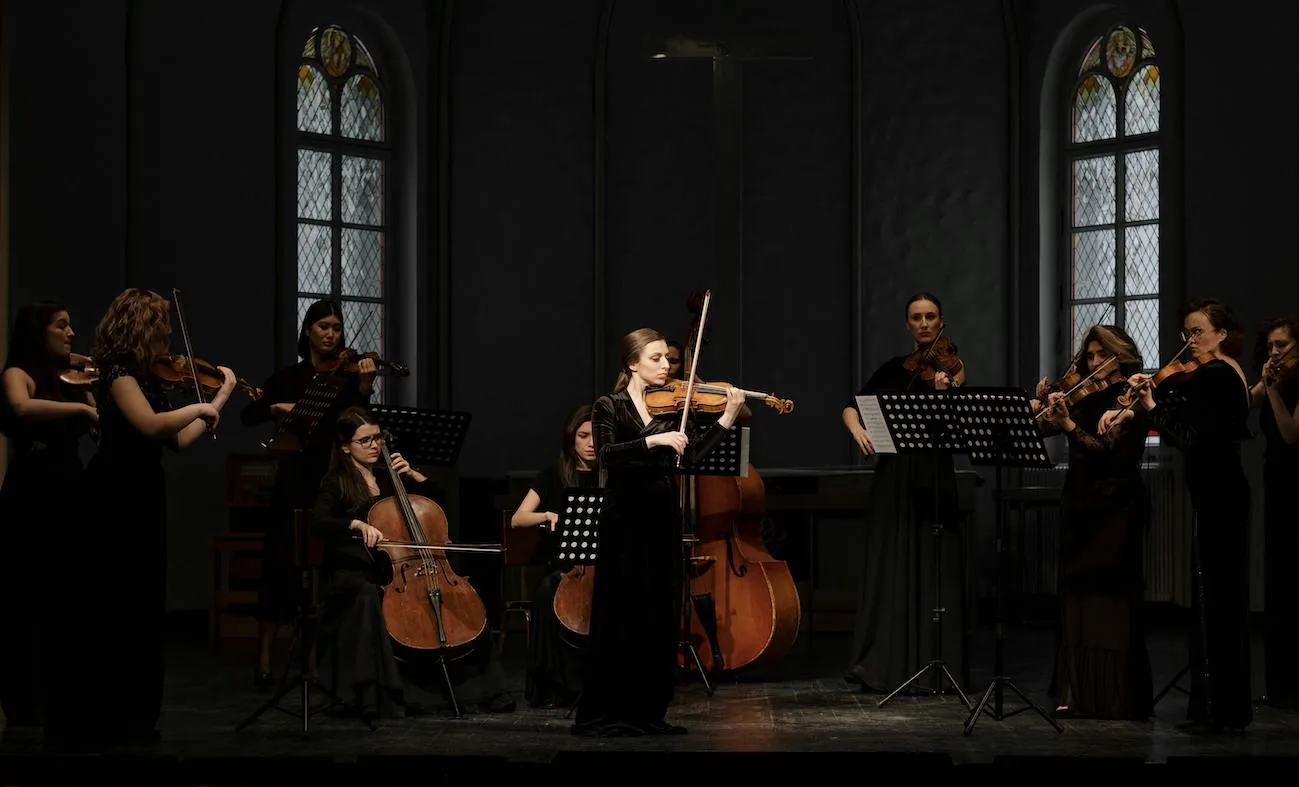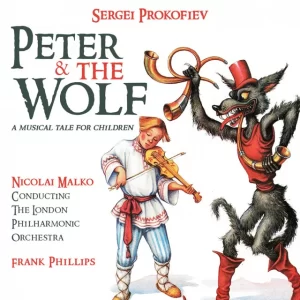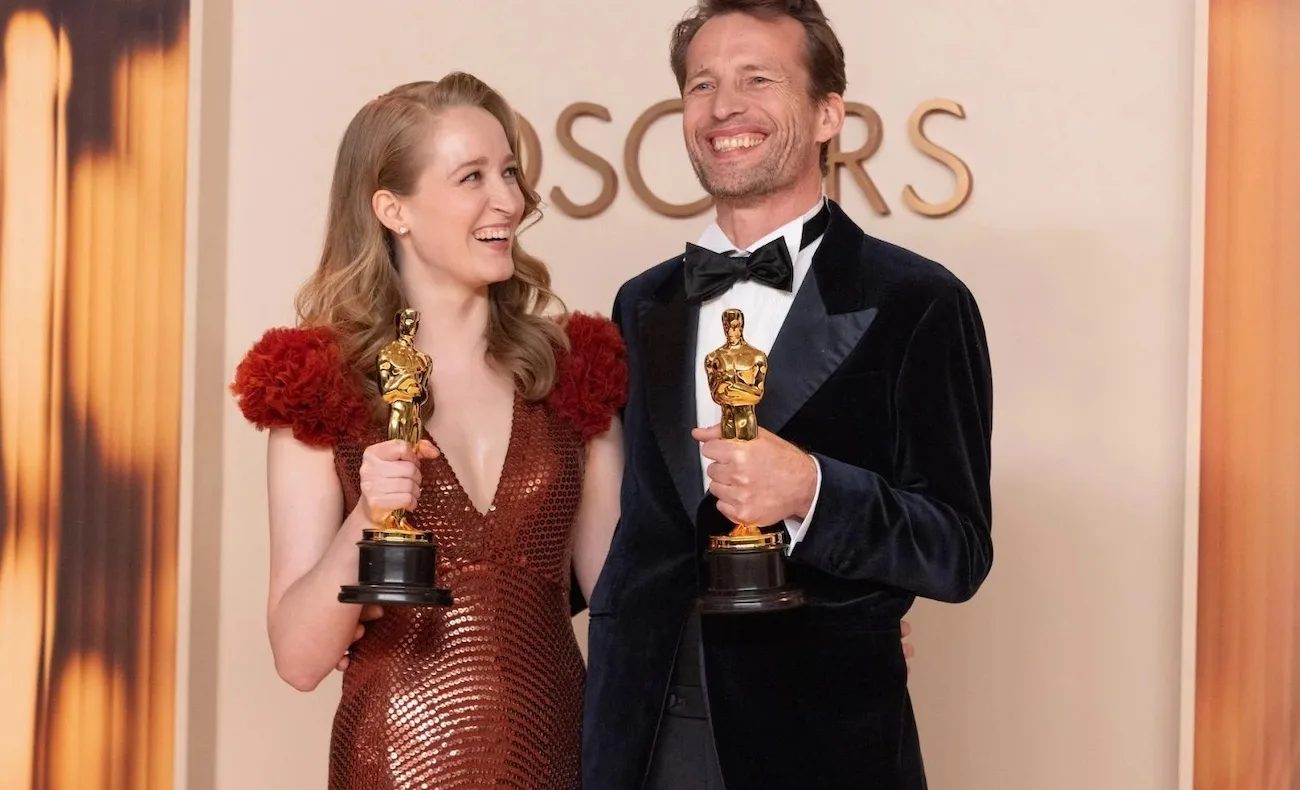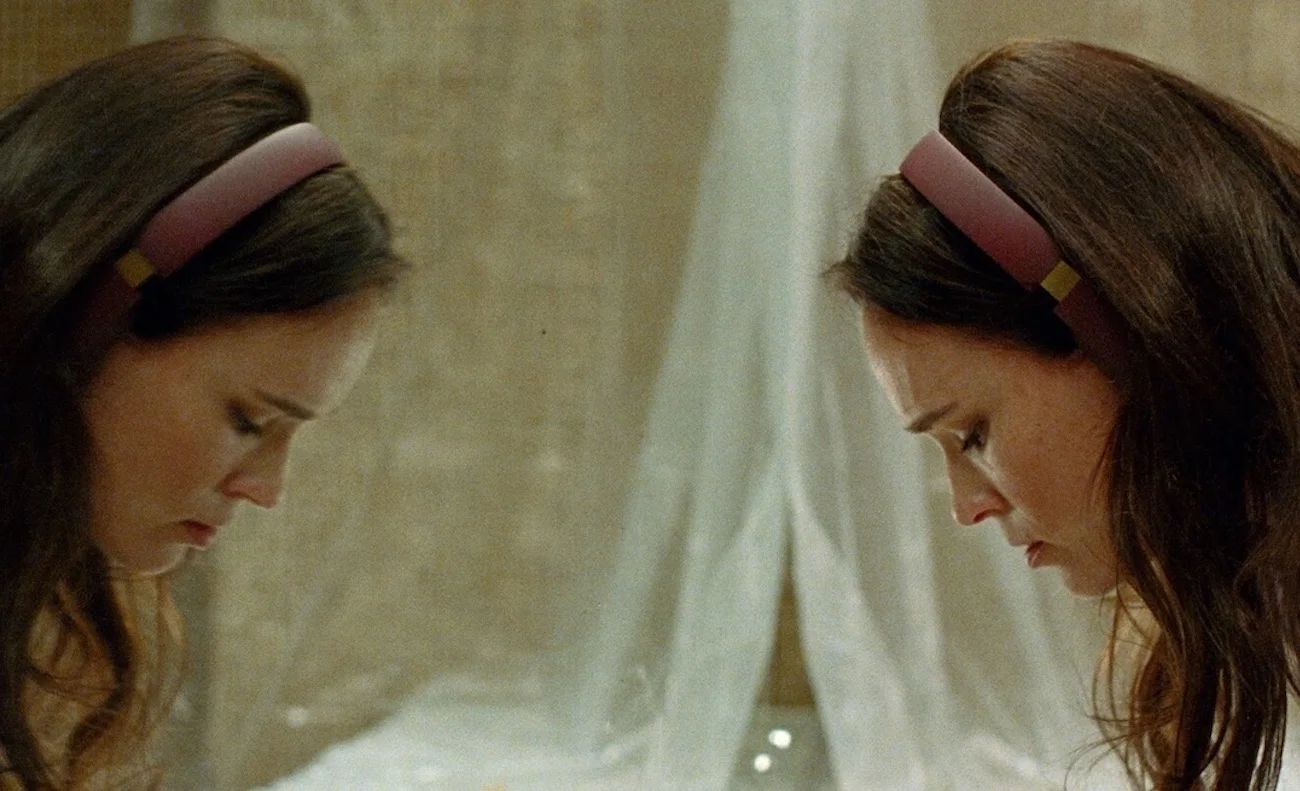Approaching foley in a musical way

Peter and the wolf
When I was around 5 years old I was fascinated by this old record my parents had of the famous orchestral piece Peter and the Wolf. When playing the record you would hear an actor telling the story of of Peter who meets all this animals and eventually the famous wolf. During the story you would hear orchestral music and every time Peter would meet a new animal, this animal would be represented by a music instrument that would play a “theme” that represents the character in the story. It was fascinating to me because I heard all this different musical instruments with their different timbres and sounds and learned their names. The bird would be a high and playful melody on the flute. The duck was played by the oboe and the double-reed of the oboe would sound like how a duck would sound if it could sing through it’s beak. And the grandfather was the bassoon, playing low, slow notes.

Sound layers
Years later, as a young foley artist, I realized that the concept of an orchestra—where each instrument has a unique timbre and role—could also be applied to foley layers in a film. When I first started working in a foley studio and I would be working on a scene where for instance a man and woman were walking on the street I would normally choose the best sounding shoe for both of them. This could very well be very similar sounding shoes that I both liked, resulting in almost a copy of each other. But one day my foley for similar scene sounded so much better and I quickly realized that it was because the 2 different shoes sounded very different from each other but also complimented each other very nicely. It was like they had a music tone to them both that sang in harmony. I had given the man a thicker and softer sounding heel and the woman a thinner heel with more attack which made the end result be richer. This was reminiscent of how an orchestra or a pop band blends different instruments to achieve depth and variety—you wouldn’t compose a piece using only bassoons or only oboes.
From that day on, I became more attentive to how different foley layers interact. It’s tempting to pick all your biggest boots for a group of soldiers running, but mixing heavier boots with lighter ones and adding shoes with different textures and attacks creates a fuller, richer sound. Similarly, a lone soldier’s footsteps can gain more character when combined with a mid-range cloth rustle and a high-frequency buckle rattle on his backpack. My favorite foley work is when multiple sound textures sit in different areas of the frequency spectrum, forming this foley orchestra of sounds.

Rhythms and tonality
Of course the movie soundtrack doesn’t consist only of foley so it’s not necessary to cover all the frequencies in the spectrum in the foley alone but in general similar sounding foley sounds might miss the depth and richness opposite to various low and high sounds and different textures.
When I realized this I also saw which other aspects of music could be applied to foley. I am a musician myself and started studying Sound Design because of my love for music. Maybe because of that I instinctively always choose more musical sounding objects for my foley in the foley studio. A wine glass that has a music ringing tone to it sounds nicer and certain floors or shoes have a resonance and a tone too it that sounds pleasant. In that same way as a drummer I always used rhythms in my foley. With fast movements like an animal jumping around or someone writing with a pen I remember the sync of what I see by cutting it down in sequences of rhythms and then record it. And during performing I will make music rhythms out of it so it sounds more musical and thus pleasant than random movements would do. This can go as far as performing rhythm in sync with the score and choosing props that have a tone that matches the score, which I recently did for a movie for sound designer Peter Albrechtsen how is also fond of using musicality in his sound design.
Music literally resonates with us, as sound waves travel through our bodies and skulls. The more harmonic a sound, the more pleasant it generally is to the ear—so it makes sense that foley should follow the same logic. By treating foley as a musical experience, we can create more harmonic, rhythmic, and richly textured soundscapes. Let’s bring more musicality into foley and elevate the storytelling experience!
Are you Curious to hear all this musical foley tips and tricks in action?
Check out our foley showreel at Vimeo and request a password on our contact page.
Related Articles
Oscar win for I Am Not A Robot!
"And the Oscar goes to: I AM NOT A ROBOT!" The Oscar nomination was already amazing but now Victoria Warmerdams movie won an Oscar in the category Best Live Action Short Film! Congratulations to the amazing cast and crew and
Oscar nomination for I Am Not A Robot!
We are very excited that I AM NOT A ROBOT by director Victoria Warmerdam is nominated for an Oscars in the category Best Live Action Short Film! In the movie Lara sets out the answer the disturbing question of whether

